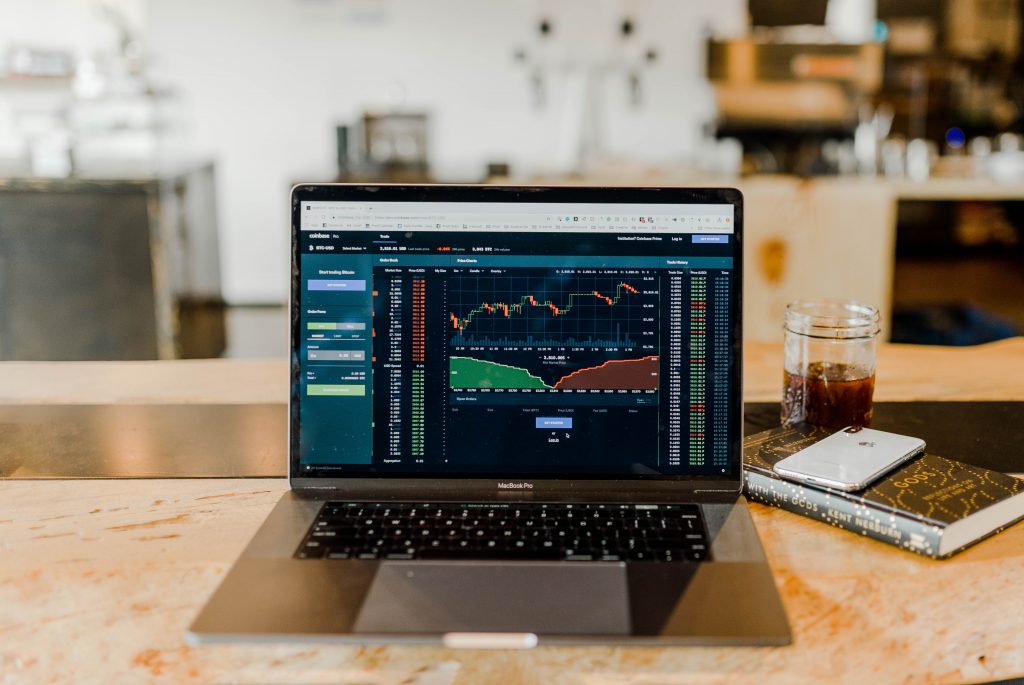By Matt Chwierut, director of research at Smith + Crown, a leading blockchain research organization focusing on global trends, industry intelligence and cryptoeconomic systems.
Thoughts on the year ahead

We at Smith + Crown focus our attention on key headlines, certain ‘Signal’ projects we think are poised to define the industry, and the core concepts that underpin a holistic understanding of the blockchain space.
While the opportunity to embarrass oneself by making predictions for the year ahead is always an exciting one, and one that invariably proves difficult to resist, another approach is to consider the key developments that are likely to prove influential in determining the course of events.
In 2020, we will focus on a few core events that we think will yield the richest insights about how the industry is evolving. Every year involves untold developments; the five selected draw upon momentum from the past two years in terms of overarching narratives (that is, how various participants understand what the blockchain industry is about), core technological progress and adoption indicators. We suggest tracking these closely and, if desired, following our own interpretations on SCI.
Bitcoin Reward Halving
Whether this spurs a rise in Bitcoin prices, and perhaps even a strong new bull market, as some anticipate, or whether this widely anticipated event has already been fully accounted for and priced in, is likely to emerge as a major determinant in the broader crypto markets during the year ahead, given Bitcoin’s outsized influence across the entire space.
The event itself is slowly taking shape as a test of the core investment thesis of the entire asset class, specifically the collective belief that a provably scarce instrument backed by nothing and maintained by a nation’s worth of energy consumption can gain acceptance as a monetary store of value.

A bear market in the face of the halving and following might deeply shake the conviction that crypto is ready for global acceptance; a bull market could validate those who think even larger bubbles surprising bull runs lie ahead; an ambivalent response could suggest weariness with the asset class and no real shift in power between those who think Bitcoin will go to zero and those who think it will go to the moon. Other explanations will surely present themselves but make no mistake, this will be a pivotal moment a decade into crypto.
Bitcoin’s dominance ratio
Related to our above observations on the outsized influence Bitcoin exerts across the entire crypto space, an influence that is observed in measures of the Bitcoin dominance ratio that have been steadily rising for almost two years, a reversal of this trend, where Bitcoin’s dominance diminishes would be a reflection of increasing value being accorded to other assets in the space.

This in turn would suggest greater market comfort with the wider applications of blockchain technology than Bitcoin itself offers. Were such a trend to develop during 2020, recognition of the trend would serve as a catalyst for the trend’s own acceleration, with a recursive impact that could ultimately prove far-reaching and impactful.
Security Token Issuances
While 2020 is the third year in which a security token revolution has been anticipated by some as a key trend for the year ahead, one wonders whether such optimism is truly warranted. While such developments would be welcome, as Smith + Crown has consistently argued that the prospect of security tokens developing into an exciting form of “Securities Plus” that bring new money into the space as compelling opportunities appear would be an important shift, it remains difficult to argue that the pieces have fully fallen into place.
See related article: Chainlink among top crypto performers in October—Fintech Advisory Services report
While progress has admittedly been made in terms of developing infrastructure to support security token issuance, trading and custody, the absence of enough compelling projects to form a mini portfolio adopting the approach remains a substantial issue. While a reasonable expectation for the year ahead might be for an initial set of truly appealing security token offerings to emerge, almost as a kind of teaser of the space’s potential, any more than a small number of such examples could quickly become an important trend with far-reaching impacts.

Corporate Adoption Beyond Libra
While the continued development of useful technologies to support the growth of an expanded crypto ecosystem remains a significant trend, one that ranges from layer-two solutions to a more diverse array of smart contract platforms and an increasingly richer decentralized finance (DeFi) environment, to note just a few examples, one awaits major corporate commitment to the space and its underlying technology to emerge as a catalyst for broader public interest in and adoption of the technology.
While Facebook arguably did or does represent such an expression of interest, the widespread public and private opposition it has generated suggests that less problematic examples of corporate adoption of the space remain to be found. While there is corporate interest in both supply chain (Maersk) and finance (Fidelity), these remain principally of interest to insiders. Interest and commitment from more popular and widely visible corporate groups seem poised for public coverage, and if this emerges in 2020, it should breathe significant life into the industry.
See related article: Who Will Win the Race to Rule Crypto Payments?
Cryptoasset Class Price Correlation
As we have noted elsewhere — and as is obvious to anyone tracking the entire cryptoasset class — cryptoasset prices are heavily correlated with Bitcoin and hence with each other. Projects with wildly varying target markets, underlying consensus mechanisms, inflation schedules, technological progress, capital and team structure trade largely bundled together.
This suggests Bitcoin is still legitimizing the entire asset class as the bellwether for the rest of crypto, that people trading in the industry do not strongly distinguish the underlying fundamentals that separate these projects, and/or that people in the industry do not think such differences matter, among others. Decoupling of price changes would suggest maturation of the asset class and the return of an era in which cryptoassets jostled for attention more competitively and based upon their own fundamentals.
Conclusion
While the most significant events of 2020 will likely prove to have been impossible to predict in advance, the five themes noted above are virtually certain to emerge as core lenses by which to measure the nature and scope of the sector’s evolution during what is likely to emerge as an important year of continuing political, economic and technological evolution.




